I love my sour cherry trees, and am happy to eat some of the cherries out of hand, but I like to preserve most of them for later use. Pitting sour cherries is a nuisance, though. I’ve purchased a number of cherry pitters over the years, but they seem to be designed for the much larger sweet cherries, and are ineffective and slow. My cherry ‘trees’ are all dwarf sour cherries from the University of Saskatchewan introductions, and both the cherries and the pits are considerably smaller than something like a Bing or Ranier.
With homestead-level volumes of cherries to deal with, a pitter that does one or four cherries at a time isn’t terribly helpful, even if they do manage to pit sour cherries effectively. So I’ve mostly preserved my sour cherry harvests by steam juicing them and making them into jelly, or by fermenting them into wine. While these are fine ways to preserve them, I wanted to be able to make pies, maybe a few jars of jam, and to freeze some cherries for smoothies.
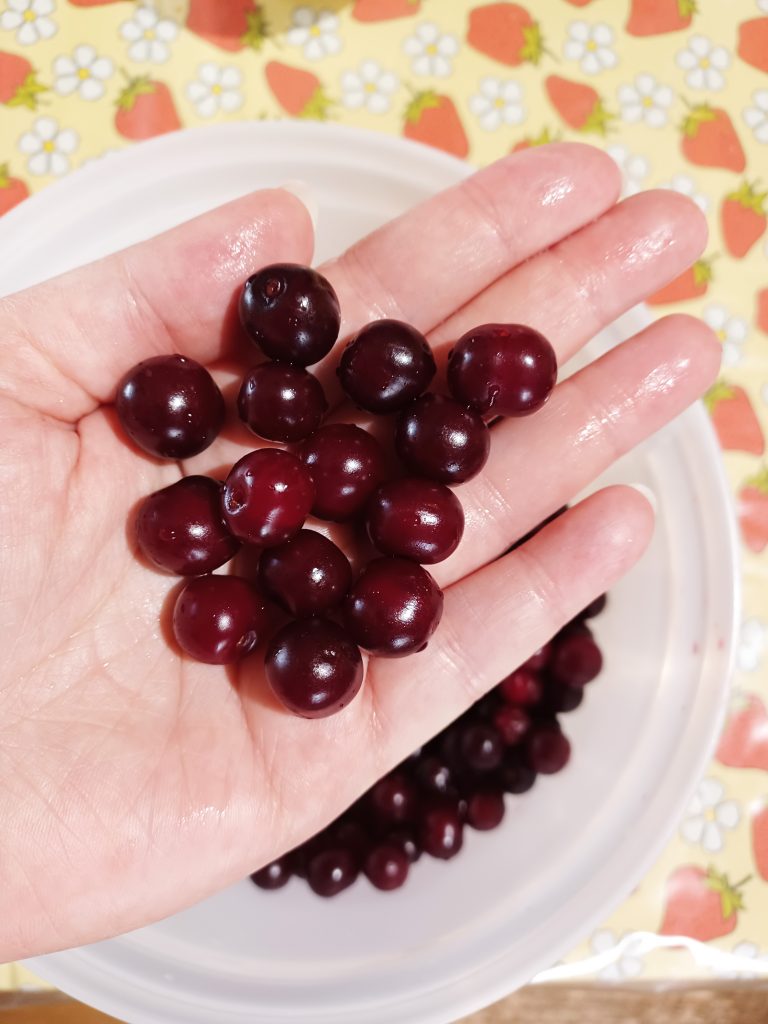
This spring, I ordered an antique hand-crank cherry pitter. The particular one I bought was an Enterprise No. 16 Cherry Stoner, but there were several similar ones. Home scale modern pitters all seem to use a plunger to push the pit out through the side of the cherry; these vintage crank pitters use a plate to push the cherry flesh through an opening that is smaller than the cherry pit. The theory looked sound, at least. I found a video of someone from Washington using a crank pitter, and again, it was very encouraging. I wasn’t sure it would work with my non-irrigated, prairie-grown dwarf sour cherries, though.
It’s been a very dry year, here, with plenty of heat, but very little rain. My cherries were ready a bit earlier than usual, and were on the small side. The harvest was also very small; my one mature tree only yielded four pounds, a little under a gallon of fruit. I harvested this week, and decided to try pitting my sour cherries using my new-to-me cherry stoner.
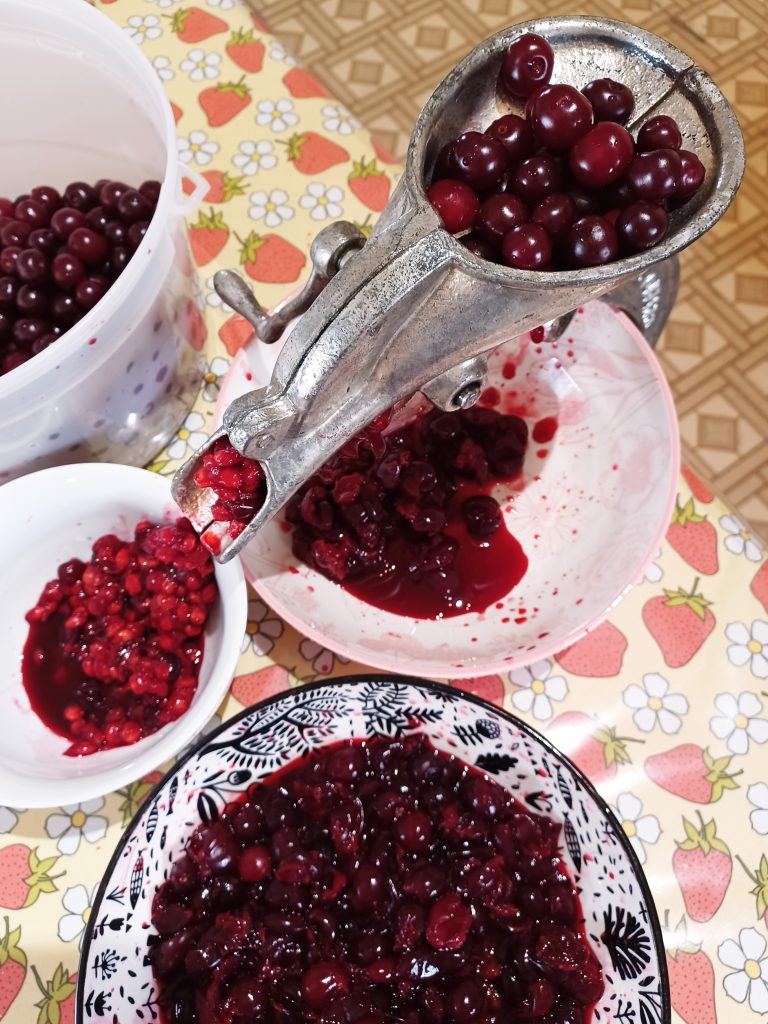
This thing is game-changing, folks! In under an hour, I had the stoner set up, pitted a gallon of cherries, packaged the fruit up for the freezer, and cleaned up the kitchen. Most of that time was set-up and clean-up; the actual pitting only took a few minutes. I was amazed!
I did notice that the stoner jammed from time to time, but backing the crank up a bit, or just fiddling for a moment was enough to set it right. With a hand crank and no blades or sharp parts, I wasn’t worried about sticking a finger down the chute to move a stuck cherry or pit. It also didn’t always feed very effectively, but again, a quick poke with a finger, and things got moving again very easily. For a piece of equipment that was over 100 years old, I was pretty impressed.
A fair number of the smallest cherries went right through, and did not get pitted at all, leading to a certain amount of waste, and there were also a fair number of pits in the pile of pitted cherries. I suspect at least some of this is because the drought-affected cherries (and their pits) are just so small this year. I figure it was about 5 to 10 percent of cherries that did not get effectively pitted. Having said that, it was easy to go through the pitted cherries and remove the ones that were missed, as the pits were exposed and easy to get at. Even with me going through the pile of pitted cherries twice to look for missed pits, the process was very quick. I couldn’t have run a full batch through the steam juicer in that amount of time!
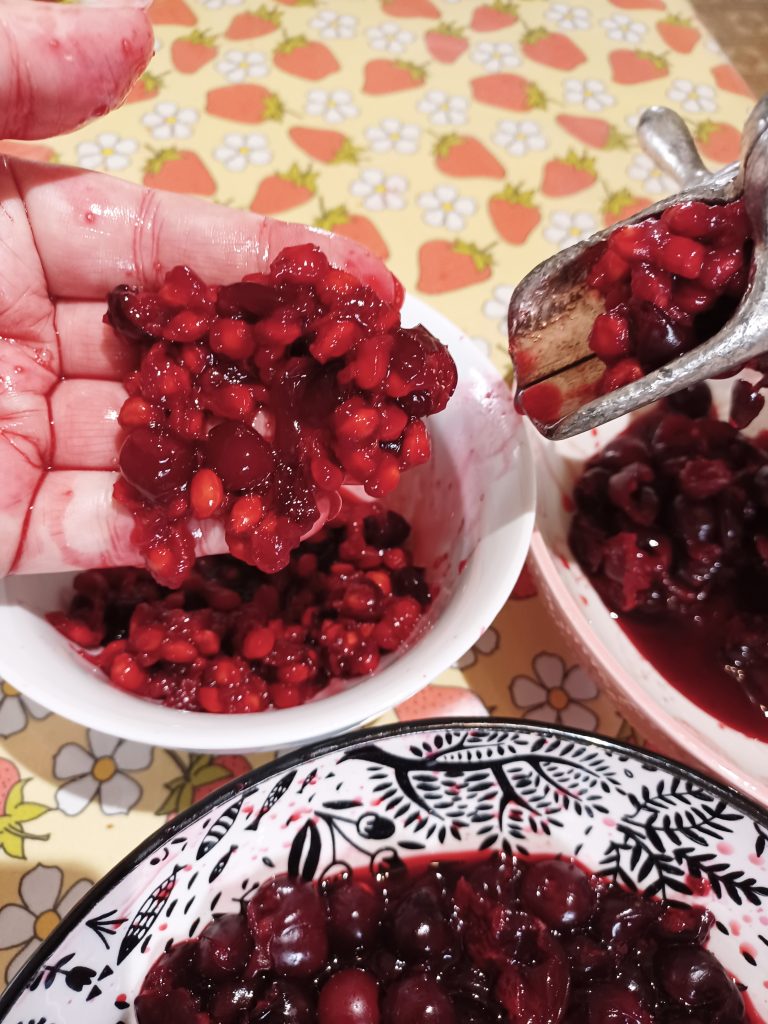
The only real downside to this pitter, besides the bit of waste in the pit pile, is that the cherries are pretty thoroughly mashed by the time they make it through the machine. To be honest, for my own uses, this is not an issue at all – nobody here cares what the cherries in their pie or jam look like. If you want pretty cherries for decorative uses, though, this won’t be a good solution for you.
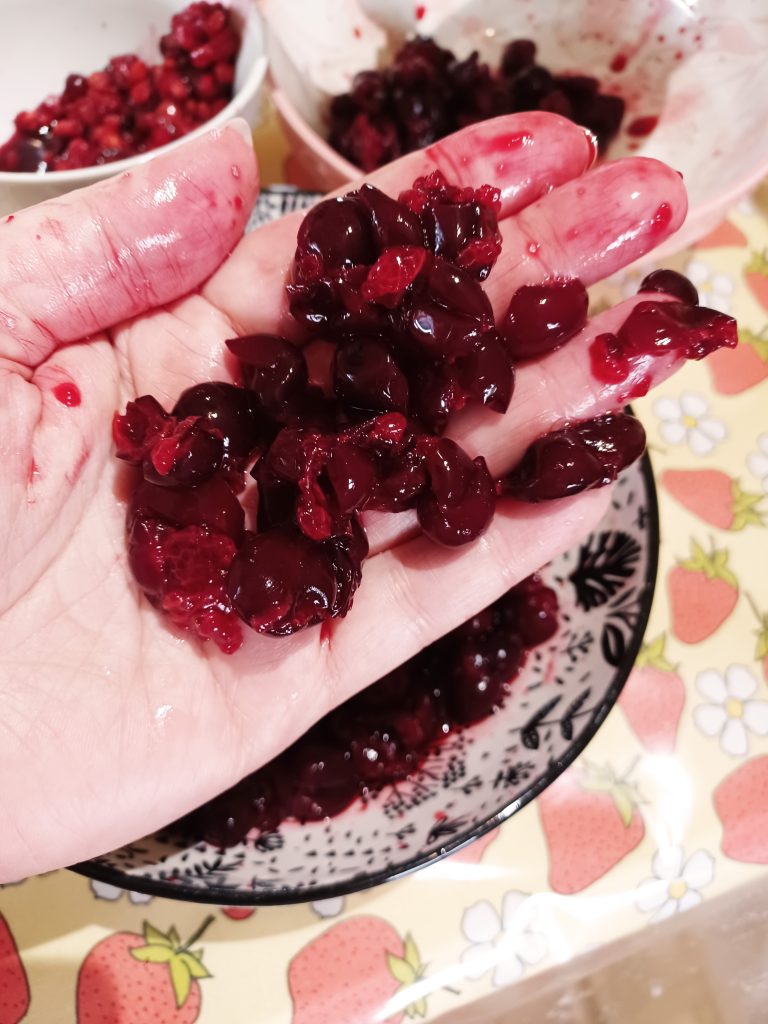
For anyone else who has a few (or more than a few) sour cherry bushes, and wants to can larger volumes of pitted cherries or cherry jam, I really encourage you to find yourself one of these slick little tools. The drawbacks of a bit of waste and some fairly mashed up cherries are easily outweighed by the sheer speed of processing, even counting the time I spent going through the pitted cherries to check for missed pits. I can’t wait for a big harvest of sour cherries, now, and I’ll be canning up a ton of pie filling!
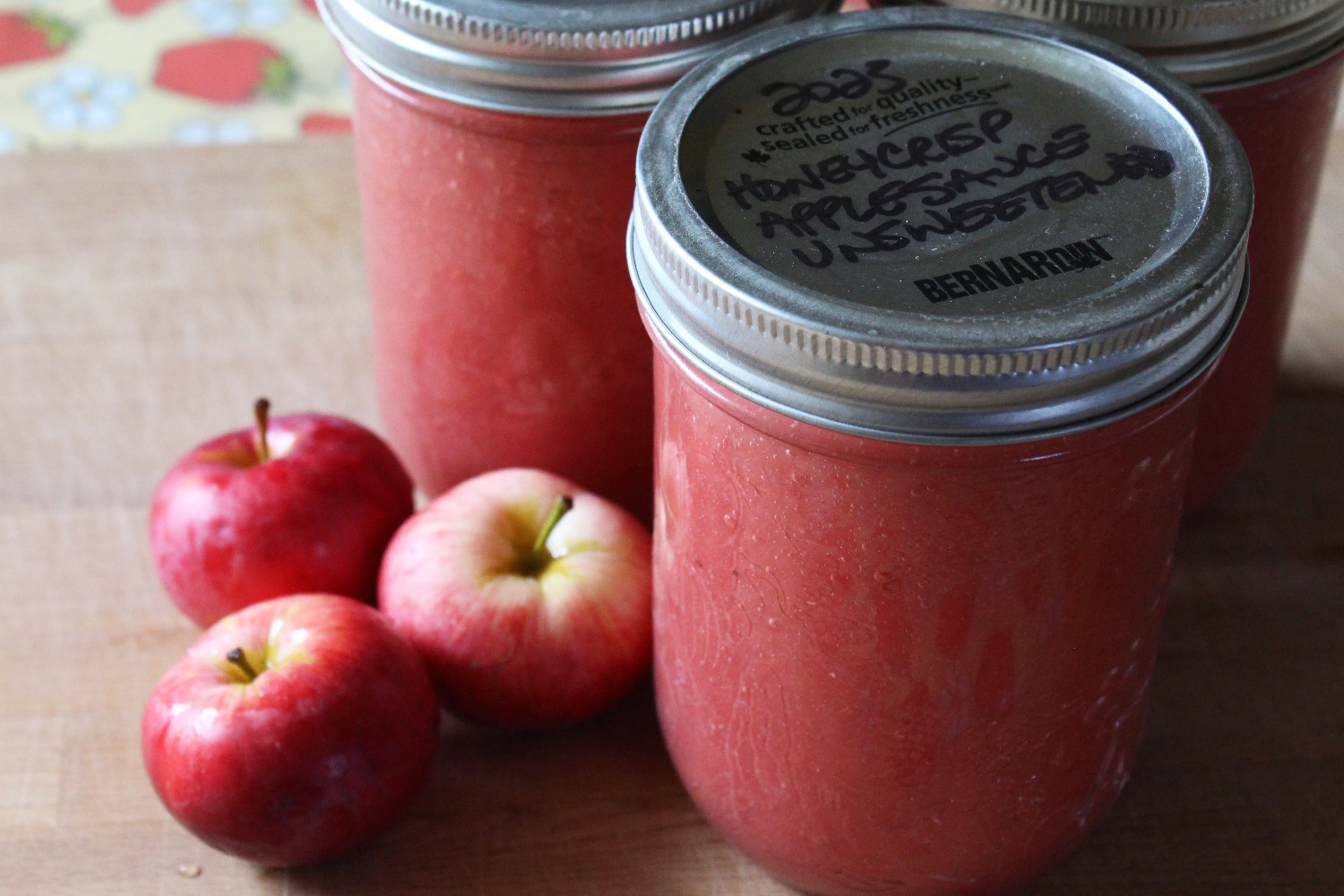
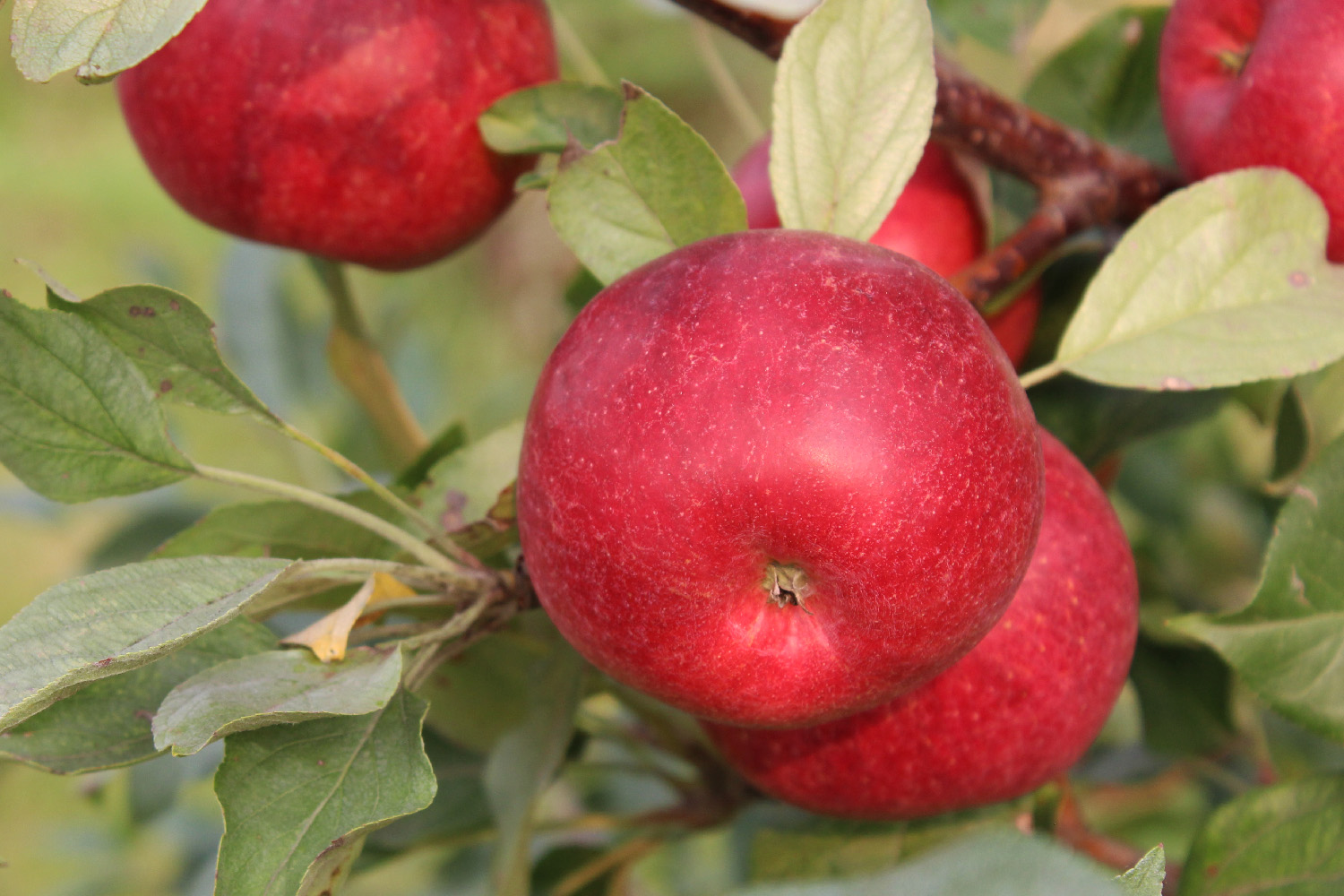
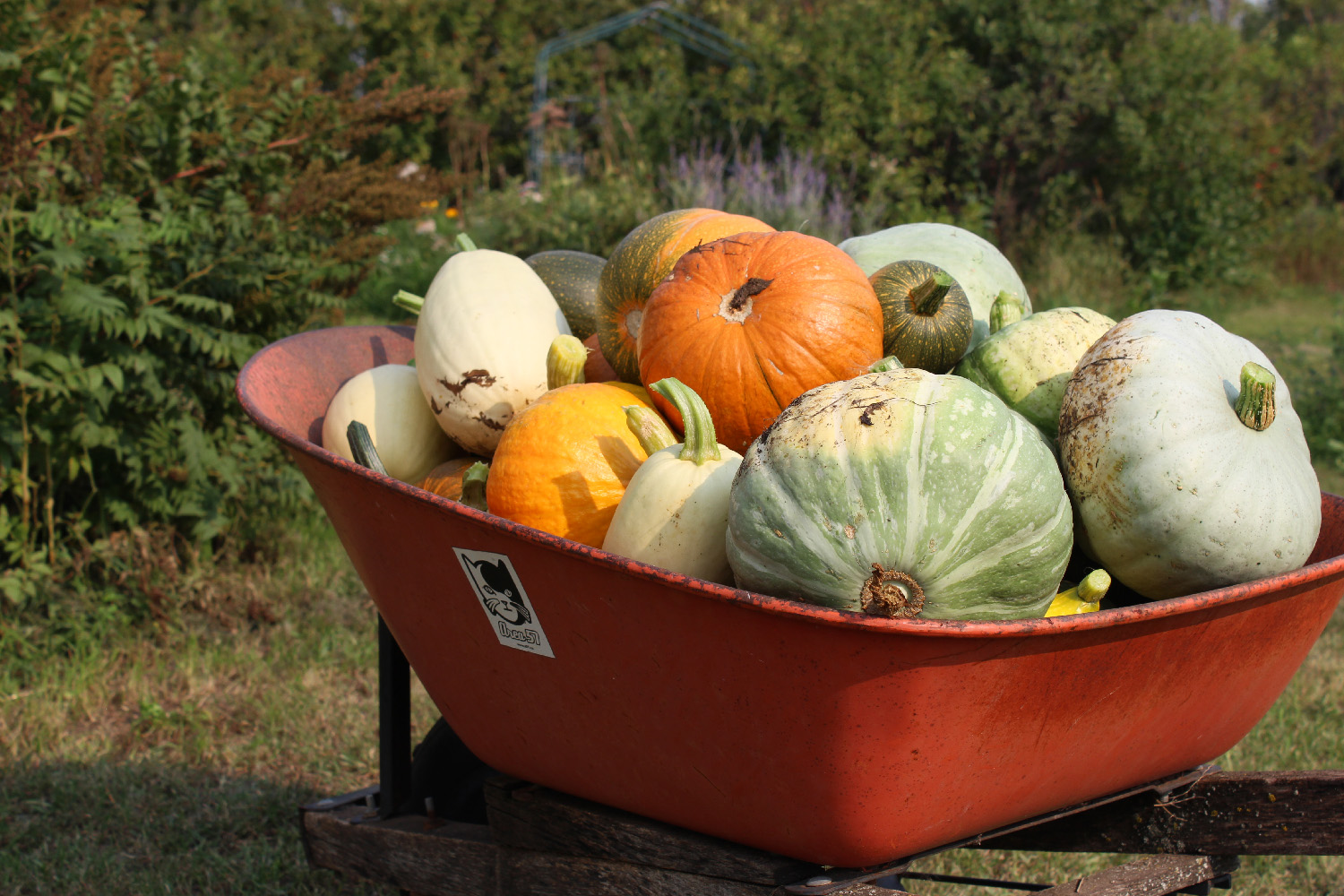
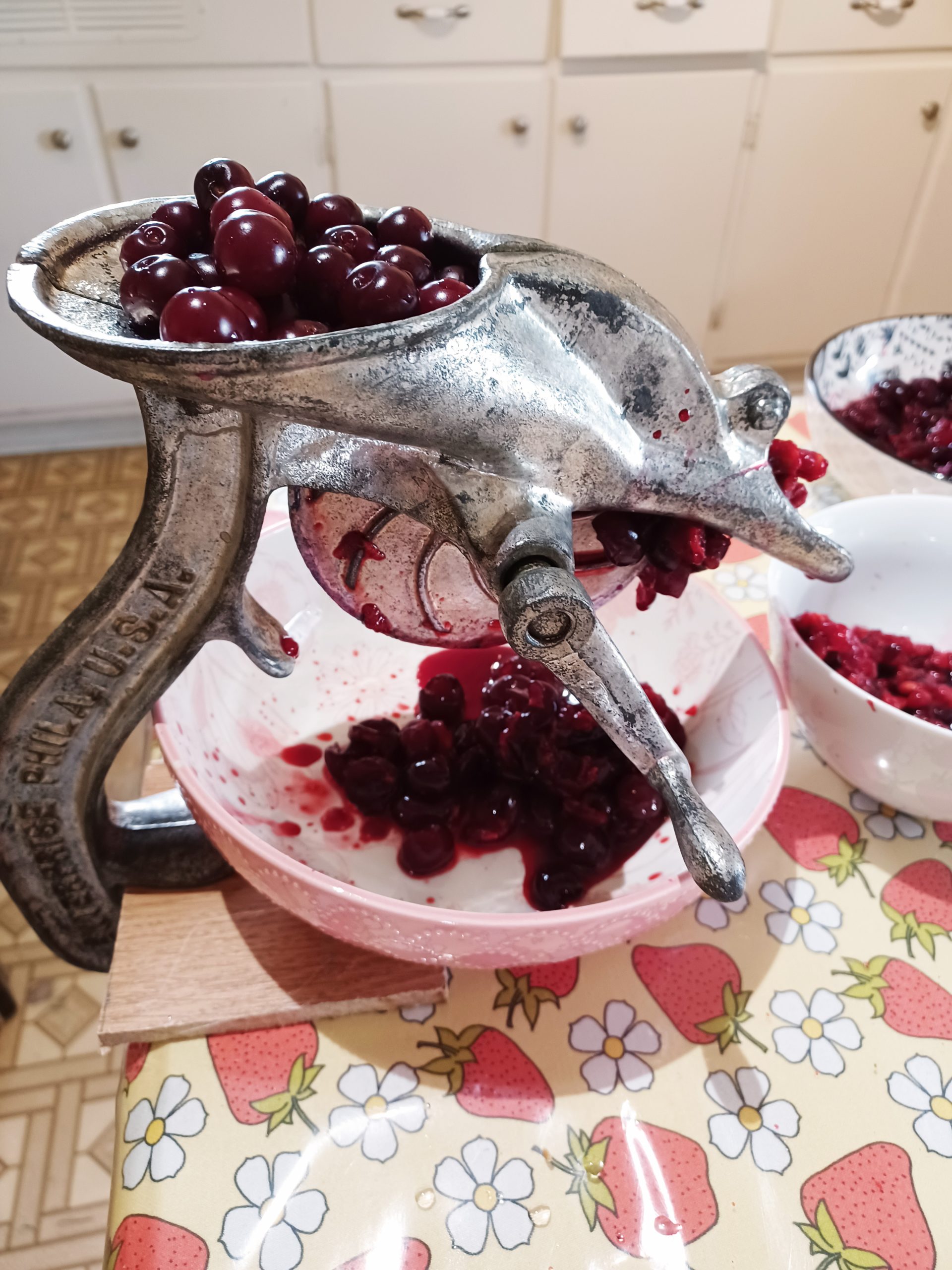
5 Comments
Trish
Wow! Congratulations on finding such a simple and yet elegant solution. Where did you order it from? I’d love to get my hands one. Also, May I suggest freezing and saving those fleshy pits for future Use. You could steam them along With OTHER FRUIT THE NEXT TIME YOU MAKE JELLY. FOR ME, it would be with crabapples. (Ps. I apologize for THE uppercase letters – it’s happening automatically.)
Jess
Thanks 🙂 We may actually plant out the pits, if we can get organized enough to turn over some sod or the project. I ordered the pitter off ebay; there’s lots of them on there, but the shipping can be pricey. It was worth it to me, though.
Trish
That’s an even better idea! And thanks for pointing me in the right direction. 😊
evelyn jane
This is a faboulous tool! my past farm had several very large incredible sour cherry trees that i had planted from sticks with a root from a neighbor! I struggled with cherry pitters as well; this tool would have been handy! Hopefully i will have cherry trees again one day! great post!
Ron
I have both a one-at-a-time plunger-type pitter, and a six-at a time version of it that reminds me of an office stapler. Both kinds drive the stone out through the cherry.
However, I would like to get a hand-crank type pitter for the speed (dare I assume ‘lack of tedium’).
I’m living, and growing SK cherries, in northern Ontario, zone 3, and my Cupid cherries produce the best pies imaginable.